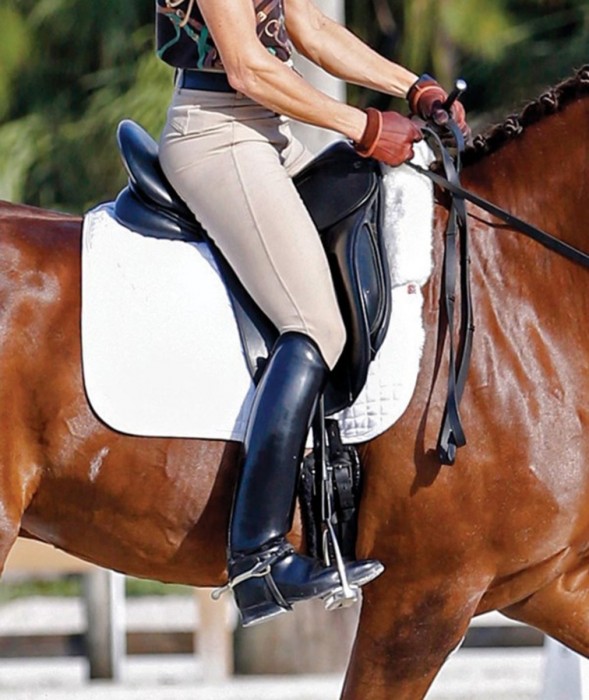
Physiological stress responses in horses and riders
The present study investigated if any differences in cortisol levels, heart rate and saddle pressures could be found between male and female riders in response to a jumping course and the response they evoked in horses.
For the study 8 male and 8 female riders were used. Heart rate was analysed with a heart rate monitoring system and cortisol levels were determined with the use of saliva. For the second study ten riders were used (5 male and 5 female). With the use of a pressure measuring pad measurements were taken in walk, trot and canter.
Findings showed no significant changes in cortisol levels in riders before, during or after the jumping course and no differences were found between the sexes. However, cortisol levels in the horse did increase significantly, but was not affected by the sex of the rider. Heart rate in riders increased from walk to jumping and did not differ between male and female. In horses the heart rate also progressively increased but was irrespective of the sex of the rider. Saddle pressures in female were lower than in male riders, and this was explained as a consequence of weight differences.
In conclusion, no fundamental differences in physical effort, stress responses or saddle pressures were found between male and female riders. Horses responses to exercise with a moderate stress response, but this was irrespective of the sex of the rider.


